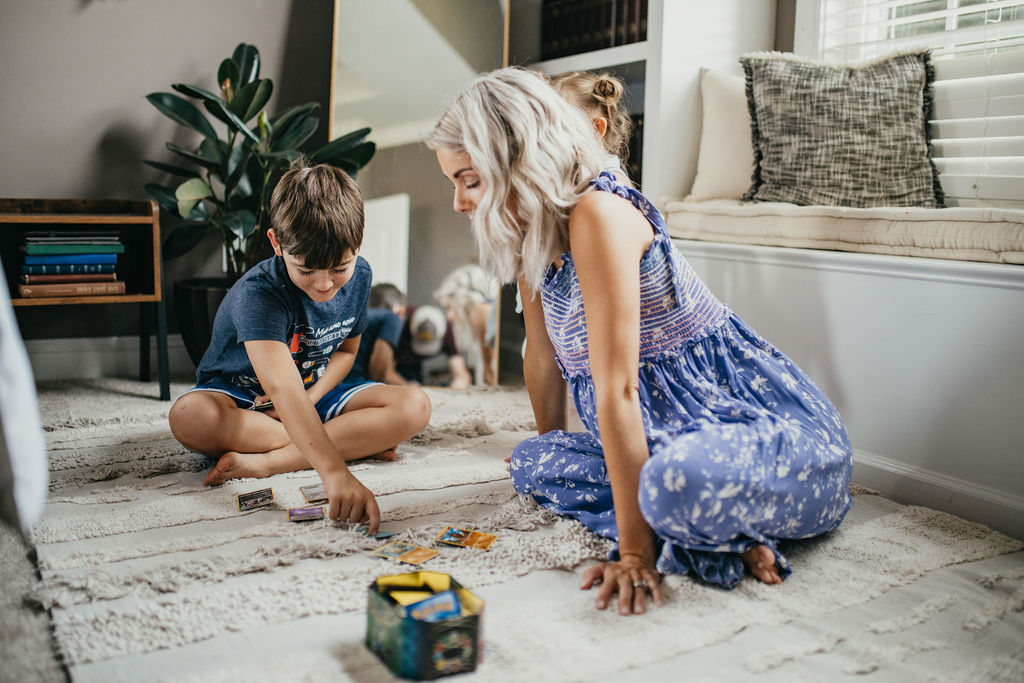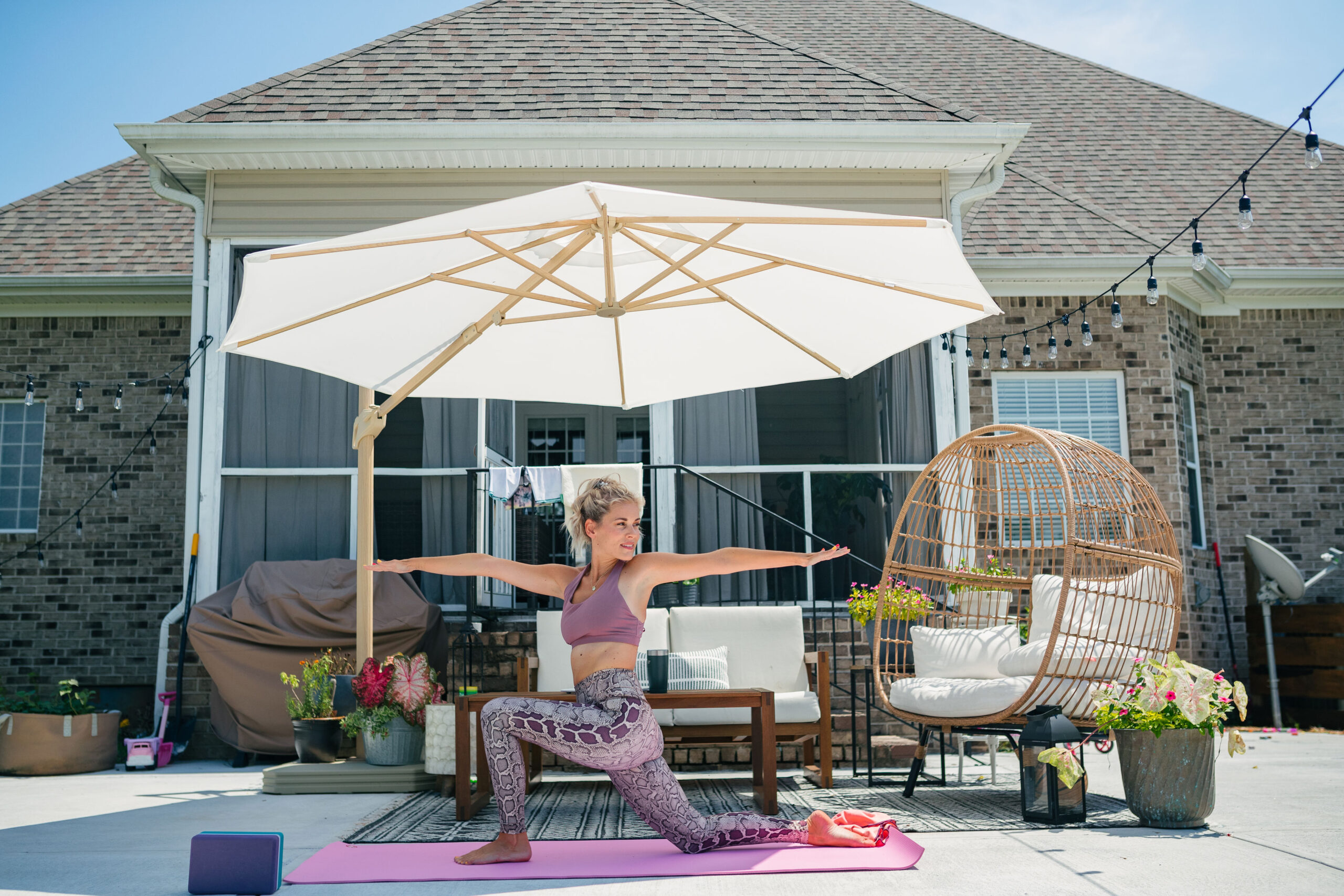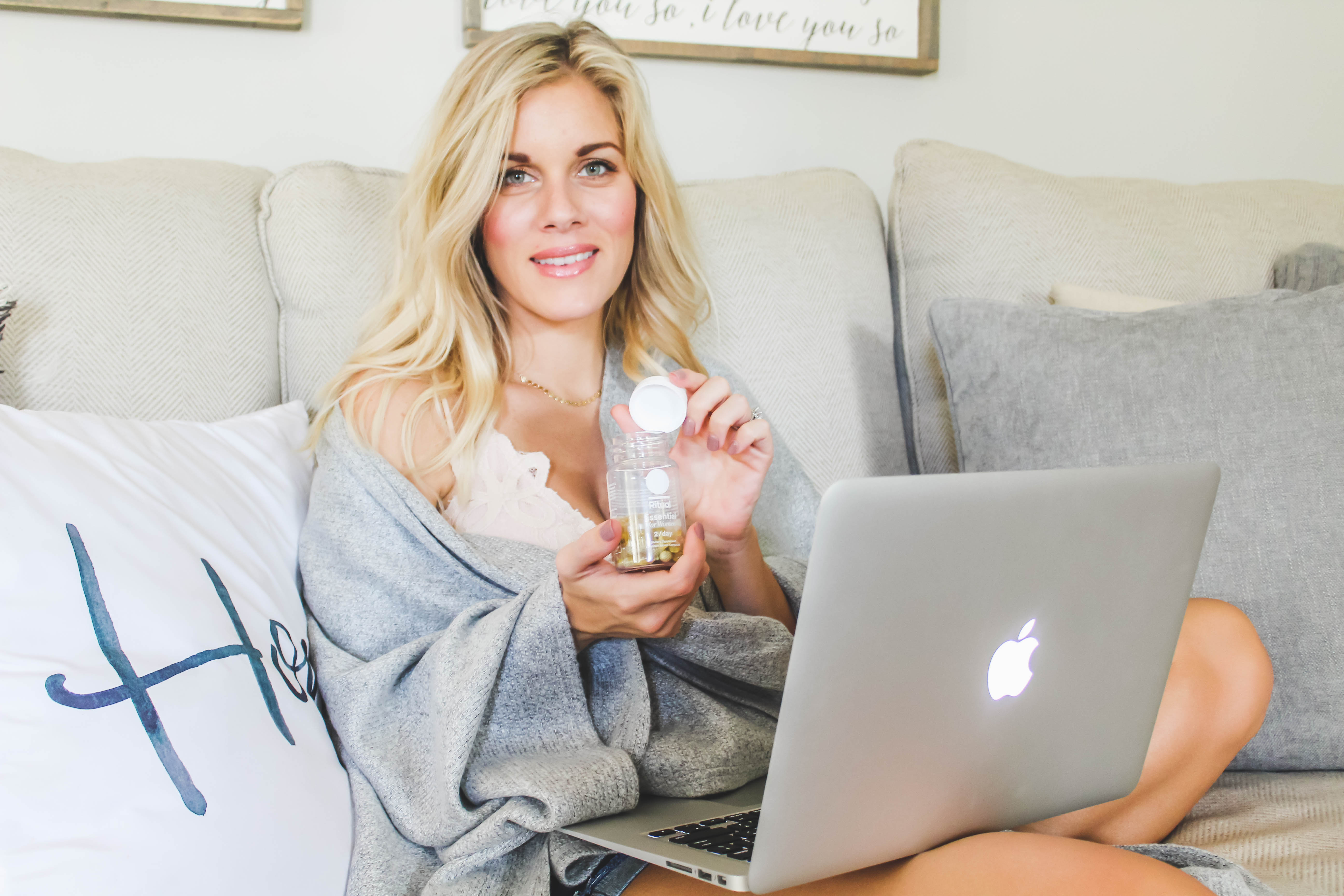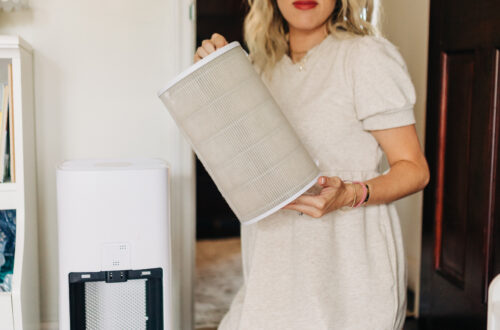
A safer kitchen starts with shopping local!
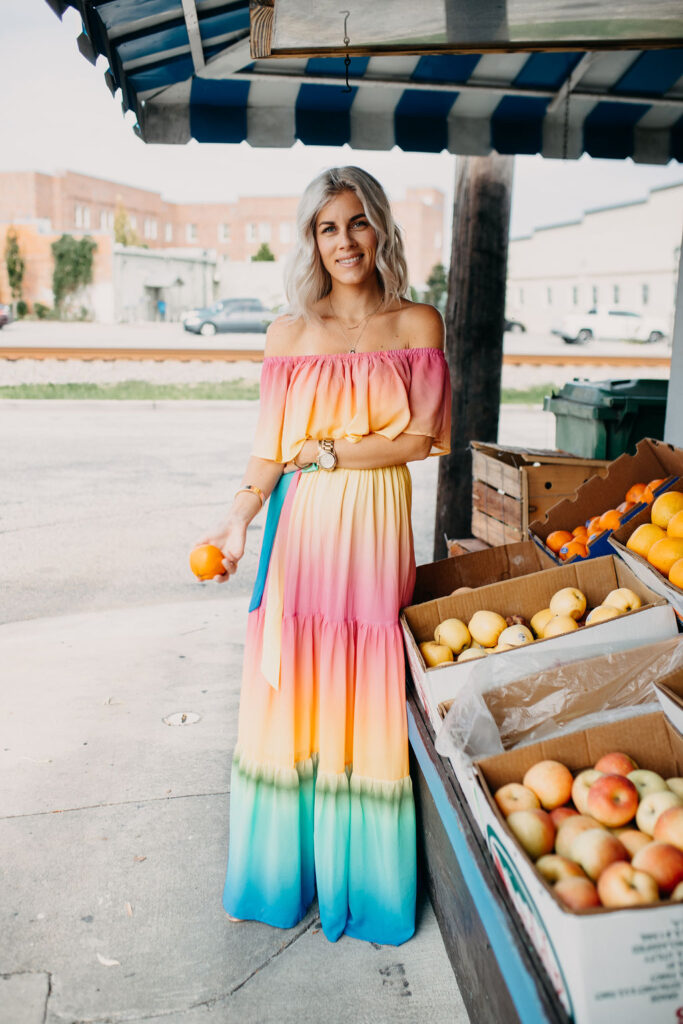
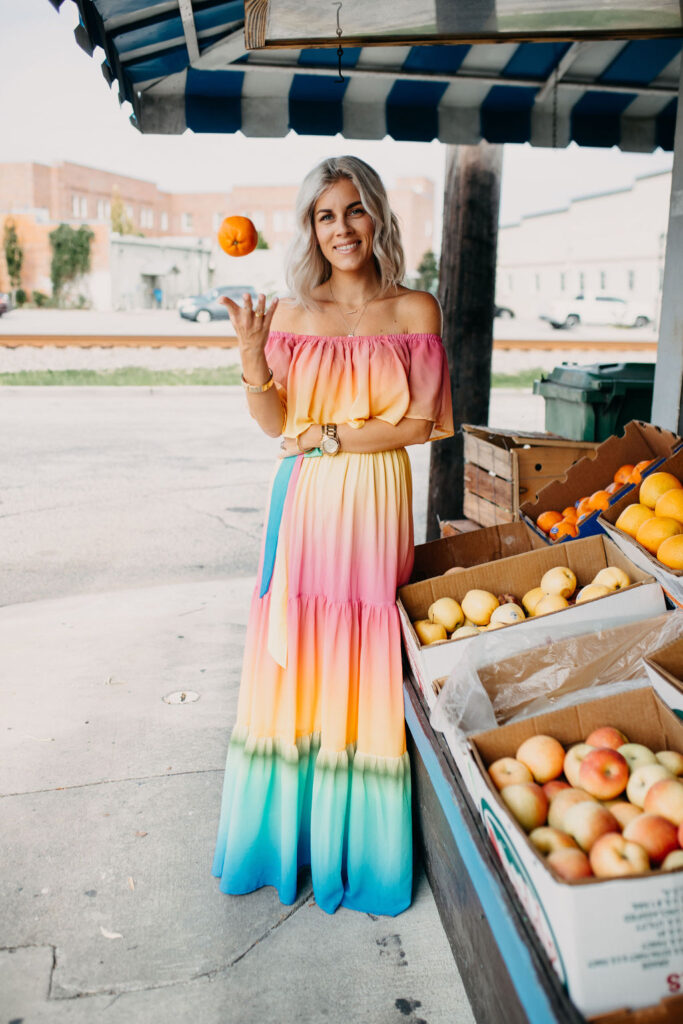

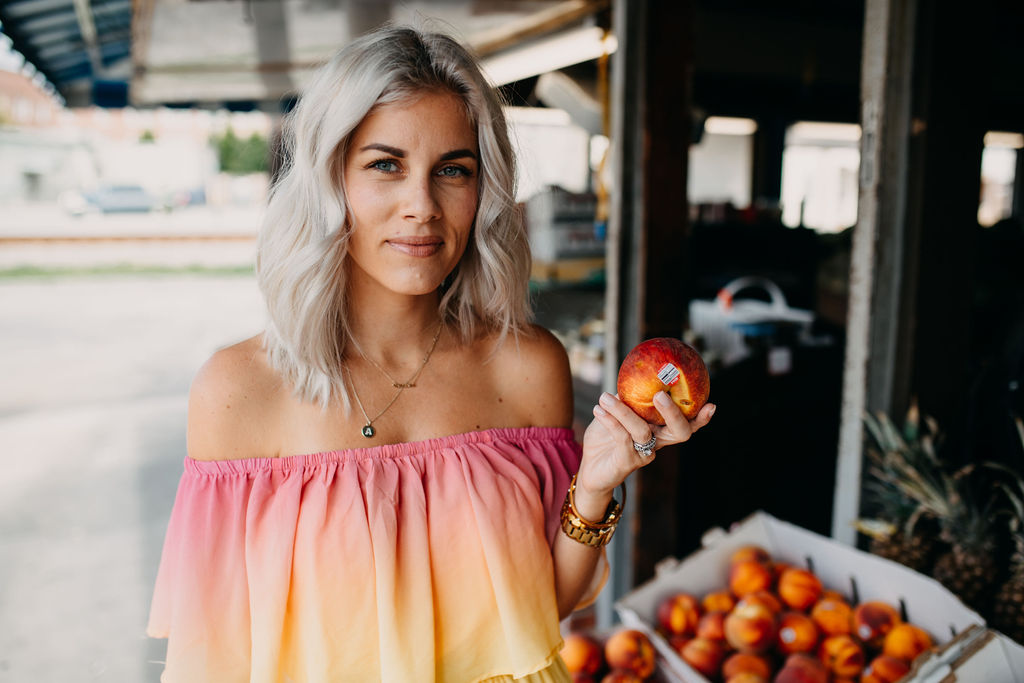
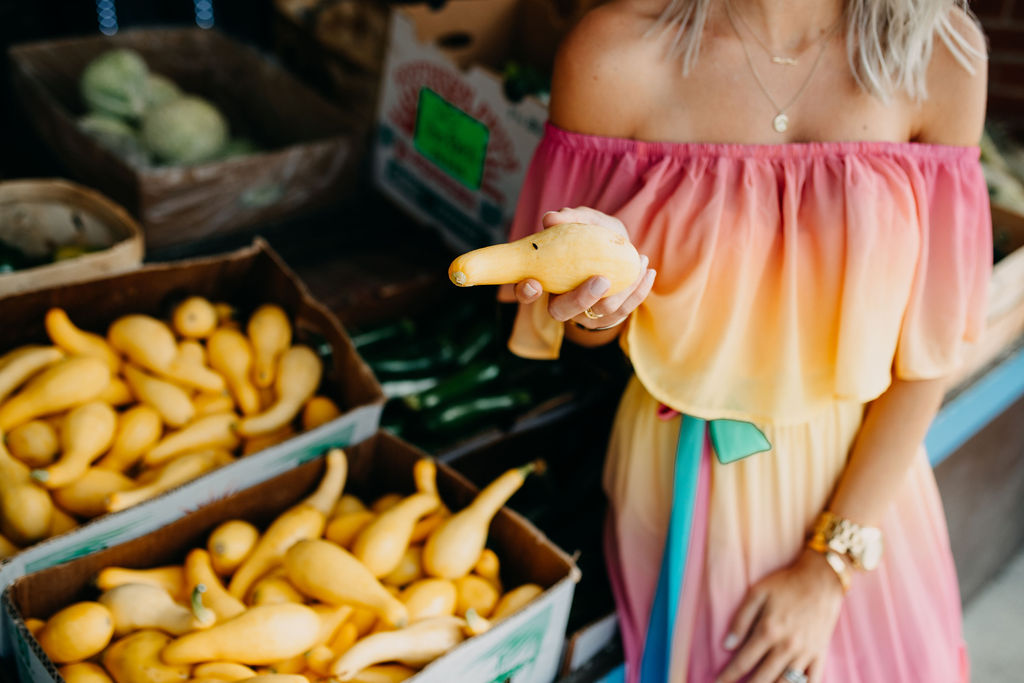
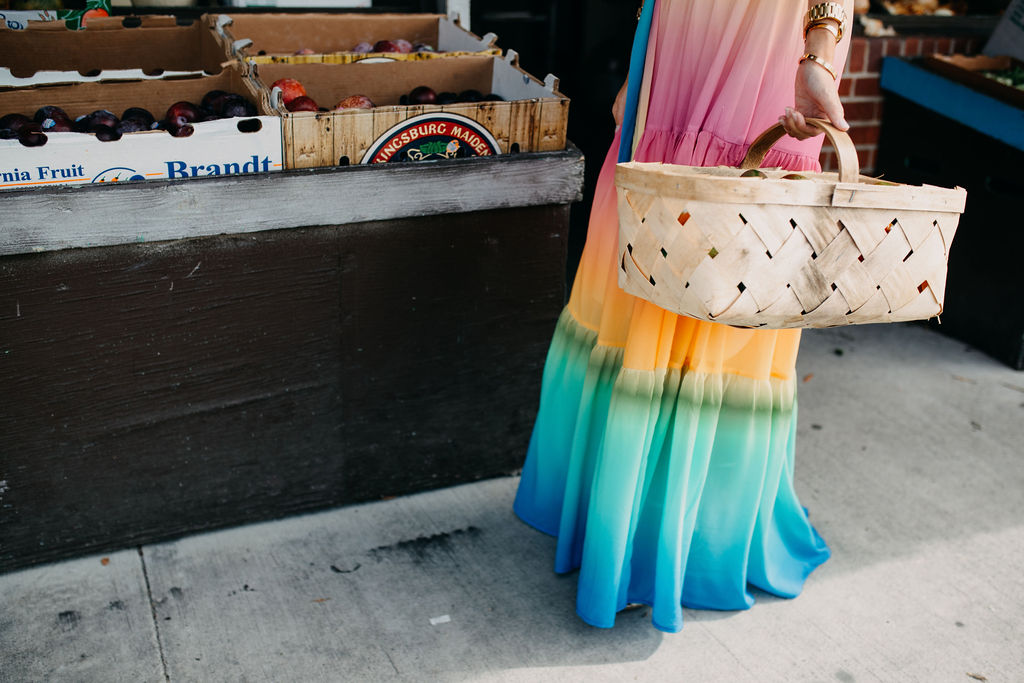
I spend A LOT of time in the kitchen y’all. Probably 20ish hours a day… jk but that’s what it feels like. I am sure that you can only imagine what all I am asked to make, open or get for my fam on a daily basis. My people are the people that LOVE good foods and snacking so there is no telling how much traffic goes in and out of the kitchen on the reg. Having a non toxic kitchen was a big goal of mine when I started switching to safer and it is something that I am still striving for. Since I transitioned to a non toxic lifestyle, I’ve been able to make healthier swaps and implement things that have in turn made my life easier and this most certainly includes my kitchen.
The following are just suggestions and things that I am using and focusing on in my own home. I always suggest that you research for yourself before just following anyone else’s lead.
The first thing that I focused on when I transited to a healthier lifestyle was the food I was eating. I know that this alone can be the most confusing to navigate. Food was something I really had no clue was FUELING my body and how this could potentially hinder my health. Check out this post and read more about my food journey and switching to healthier options. I live in the South so I naturally was raised on sweet tea and fried foods. It was really hard for me to mentally wrap my head around things I should focus on and things I should not focus on but over time, it’s become a lot easier for me after a few years of repetition. Things might change with what exactly our family eats but a great guideline to use when it comes to buying your produce is the “clean 15” and the “dirty dozen” lists. These are two lists of the most toxic and least toxic produce items at the grocery store via testing from the pesticides and growing practices used on each.
I’ve found few ways to make grocery shopping easier for myself and my fam and the first thing that I suggest stopping doing is physically going into the grocery store. I make a once a week farmers market trip in person but everything else is sent directly to my home or via a grocery pick up outside the store. I’ve saved so much time and money this way. I’ve even found that my grocery shoppers will not use plastic bags (here is why I suggest not using them) on my produce and can use other healthier and non toxic options instead. My favorite thing to do is unload all the foods that are delivered and organize my fridge and pantry. When I can, I grow my own food. I’ve done this for several years now and it really does help my home be healthier and focus on fresh foods.
Anytime I bring produce into our house from our garden or the store, I always soak in white vinegar before I store it. Why? Because our produce can harbor a long list of chemicals, dirt and insects even if you don’t see it from your eye. Take one side of your sink and stop with the stopper, add your produce, cover with water and add one cup of white vinegar. The white vinegar cleans and sanitizes it all without leaving a weird taste. You can use white vinegar from any place, it really doesn’t matter. Just let your items soak for 15ish minutes before cutting and storing.
I know how easy it is to have your groceries delivered, honestly I do it weekly. I have stopped ordering as much from larger grocery stores and am making a point to shopping local for my meat and produce. I suggest everyone focus on this in any areas they can. Here are some reasons i have made these choices:
⠀⠀⠀⠀⠀⠀⠀⠀⠀Health – locally grown, seasonal food has maximum taste and nutrient right after being picked.
Economy- every time you shop from a local farmer, you are supporting your local economy by supporting the people who provide local jobs and recirculate money in your area.
Environment- locally grown products require less packaging and transportation, which means less pollution and waste. It also helps with providing biodiversity and protect watersheds.⠀⠀⠀⠀⠀⠀⠀⠀⠀
Storing your food might be another area that you decide to tackle early on in your non toxic kitchen transition. For me, I used plastic for many, many years before I made the switch but even now, I find myself switching from plastic to glass and stainless steel options along and along. By adding one or two of those storage containers to my grocery delivery or Amazon order, I can transition a lot easier without draining my bank account. You can read all about my favorite food containers by clicking here. When it comes to my favorite snacking options for the kiddos, I feel like I have tried ALL THE THINGS since I had my first babe. This past year, I finally figured out what works for us and you can see all my favorite non toxic snack bags and why we use them by clicking here.
A huge nontoxic transition in your kitchen will be pots, pans and cooking containers like crockpots or an instant pot. This transition was big deal for my family because before we switched to non toxic cookware, we had our college cheap-o pots and pans and a crock pot. What I found during researching what is in our pots and pans and also after watching the Netflix documentary “The Devil We Know,” is that most of the chemicals from everyday cookware leaches into our bodies with each use. This scared me so badly that we decided to invest in a brand that is so nice it has a lifetime warranty and can be turned over for our children to one day use. You can read more about why this switch is important and we chose the pots and pans we did by clicking here. Honestly, we didn’t have a budget for this and if we could not have financed them we would have never gotten them. Other options are stainless steel, Green Pan and a Cast Iron Skillet. I also suggest using an Instant Pot over a Crockpot because of the lead levels in the creamic crock pot verses the Instant Pot. The way it was described to me that really helped me understand the importance of nontoxic cookware is “what’s the point of spending all the money on buying organic foods when you cook with cookware that leaches more toxic chemicals back into your food than there would have been if you got regular produce at the store?”
Ultimately, I hope this inspires you to make some small changes, because it can truly make all the difference in the world when it comes to your health. Talk to me if you’ve tried these things! I would love to hear how you’ve switched to a safer lifestyle!
